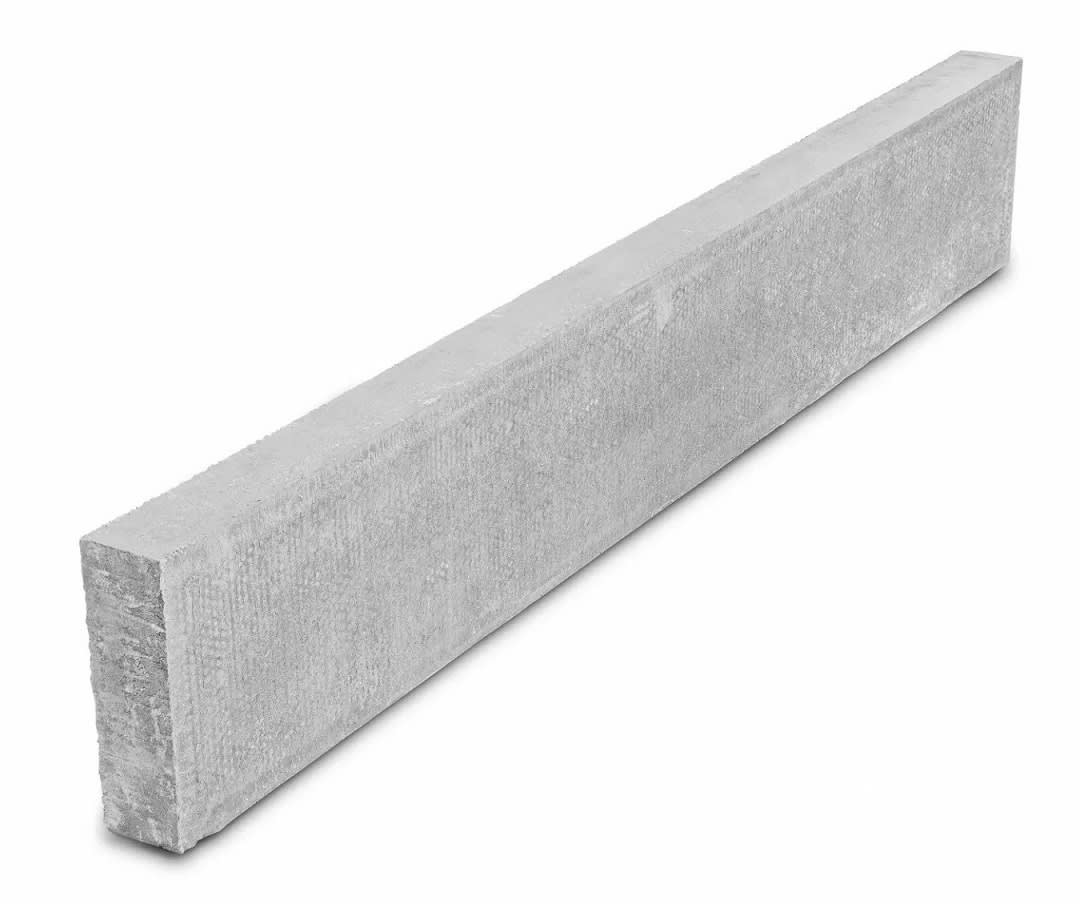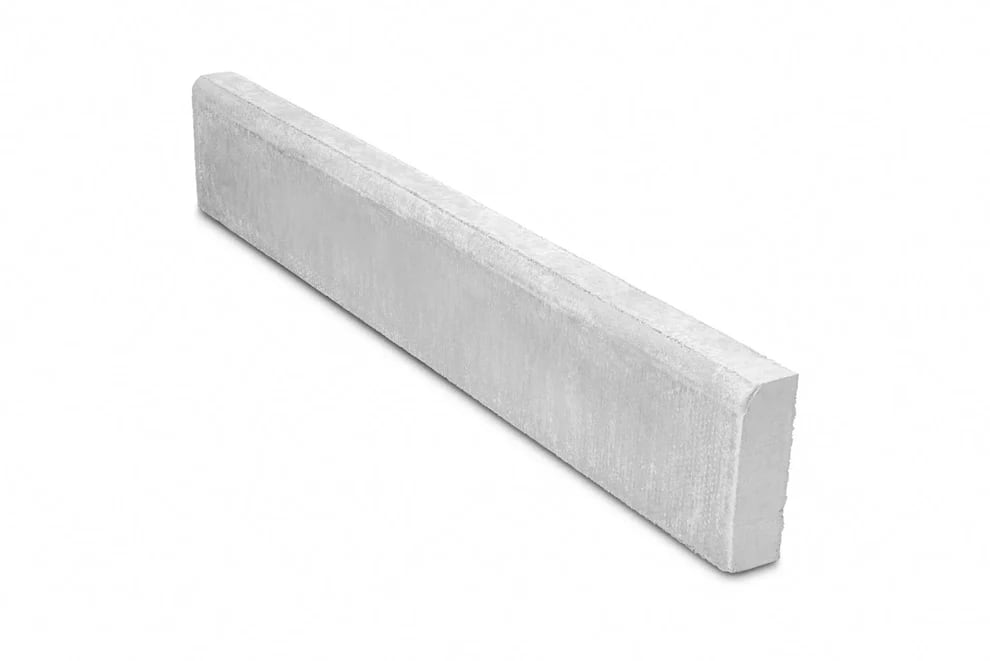Path Edging
(2 Products)Path edging is laid along the margins of paths, driveways, beds, and lawns to create a clean, intentional boundary. Besides adding a crisp visual line, edging keeps grass from creeping onto walkways, holds loose aggregates (like gravel or bark) in place, and lends a neat, finished look that pulls your entire garden design together.
What Is Path Edging?
Path edging (sometimes called garden edging or border edging) is any purposely installed strip, curb, or barrier that traces the edges of hard-or soft-landscaped surfaces - think paths, driveways, patios, lawns, planting beds, ponds, even vegetable plots.
Why You Need It
- Defines space - A clean line between lawn and path makes the overall layout look deliberate and cohesive.
- Controls migration - Prevents grass and invasive roots from encroaching onto hard surfaces and keeps gravel or mulch from spilling over.
- Supports structure - Holds paving or aggregates in place, stopping sideways spread and sinkage.
- Guides movement - Provides a subtle visual cue for foot traffic or vehicle tyres, protecting planting zones from accidental damage.
- Reduces maintenance - Less trimming, sweeping, and re-levelling saves hours of upkeep.
Applications
- Bordering gravel or resin-bound driveways
- Framing stepping-stone paths through lawns
- Containing bark in children’s play areas
- Separating ornamental beds from turf
The Profiles We Offer
We focus on the two most versatile shapes:
- Flat-top edging: Sits flush or slightly proud of the surface. Ideal where you want an uninterrupted transition - perfect for a seamless look along gravel paths.
- Bullnose edging: Features a rounded top edge. Offers a softer, more traditional appearance while still delivering strong containment.
How To Choose The Right Edge
- Match the style - Flat for sleek minimalism; bullnose for softer, heritage gardens.
- Check the traffic - Heavy vehicle zones favour stone or concrete; pedestrian routes can use any material.
- Consider the curve - Tight sweeps are easiest with steel or plastic; stone and concrete suit straight runs or gentle arcs.
- Decide the height - Flush edges for seamless transitions; 50-100mm raised if you need a bold border or deep aggregate retention.
Frequently Asked Path Edging Questions
Is Path Edging Difficult To Install For A DIYer?
The difficulty of installing path edging for a DIYer can vary significantly based on the chosen material, the complexity of the design, and the preparation required.
Simple, flexible plastic edging or small timber rolls can be relatively easy to install, often just requiring digging a shallow trench and securing them with stakes. However, installing more rigid and heavier materials like concrete, stone, or brick edging typically requires more preparation and skill.
Key aspects that influence difficulty include:
- Trenching: A consistently deep and level trench is essential for a straight and even border. This often involves digging, levelling, and compacting the base.
- Laying Base: For heavier edging (like concrete or stone), a stable bed of sand or mortar is often needed beneath the edging units to provide support, ensure level installation, and prevent future movement.
- Jointing: Some materials, like bricks or cut stone, may require mortaring between units to lock them together and prevent shifting.
- Levelling and Alignment: Achieving perfectly level and straight (or consistently curved) lines across the entire length of the edging can be challenging, often requiring the use of string lines, spirit levels, and rubber mallets.
While many edging projects are certainly within the capabilities of a determined DIYer, research into the specific material's installation requirements is crucial.
For very long runs, intricate curves, or heavily used areas like driveways, professional installation might be more efficient and guarantee a longer-lasting result.
Does The Shape Of The Edging Top (Flat Vs. Rounded) Affect Its Function Or Just Its Look?
While the primary difference between edging profiles like flat-top and rounded (bullnose) is indeed aesthetic, there can be subtle functional implications that influence their suitability for specific garden areas.
- Aesthetic Impact:
- Flat Top: Creates a very clean, sharp, and contemporary line. It can look crisp and modern, ideal for formal gardens, geometric designs, or areas where you want a distinct, minimalist separation.
- Rounded (Bullnose): Provides a softer, more traditional, and gentle aesthetic. The curved profile can be more forgiving in naturalistic or cottage garden designs and is excellent for following sweeping curves in pathways.
- Aggregate and Mulch Containment:
- Flat-top acts as a small vertical wall: perfect for keeping gravel or bark exactly where it belongs, even after raking or power-washing.
- Bullnose has a gentler, sloping face. In high-traffic areas this can make sweeping easier, but in loose-stone paths a very shallow bullnose may allow the occasional stone to ride up and over - worth noting if you have fine decorative gravel.
Can Path Edging Help Prevent Soil Erosion On Slopes Or Raised Beds?
Yes, path edging can play a very effective role in helping to prevent soil erosion, particularly on gentle slopes, around raised garden beds, or along the edges of pathways.
- Containment: By creating a physical barrier, edging physically holds soil, mulch, or gravel in place, preventing it from washing away during heavy rainfall or shifting due to foot traffic or wind. This is especially beneficial for raised beds, where the edging acts as the retaining wall, keeping the soil within the confines of the bed.
- Runoff Diversion: While primarily a vertical barrier, a well-designed and slightly raised edge can help to subtly slow down or redirect surface water runoff, allowing it to percolate into the soil more effectively rather than simply flowing down a slope and carrying soil with it.
- Stabilisation: For paths made of loose materials like gravel, edging provides essential lateral support, preventing the aggregate from spreading outwards and thus maintaining the path's integrity and preventing the underlying soil from being exposed to erosion.
For steeper slopes or significant erosion problems, more substantial retaining walls or specialised terracing solutions would be required, but for lighter duty soil containment and aesthetic delineation, path edging is a highly effective tool.


